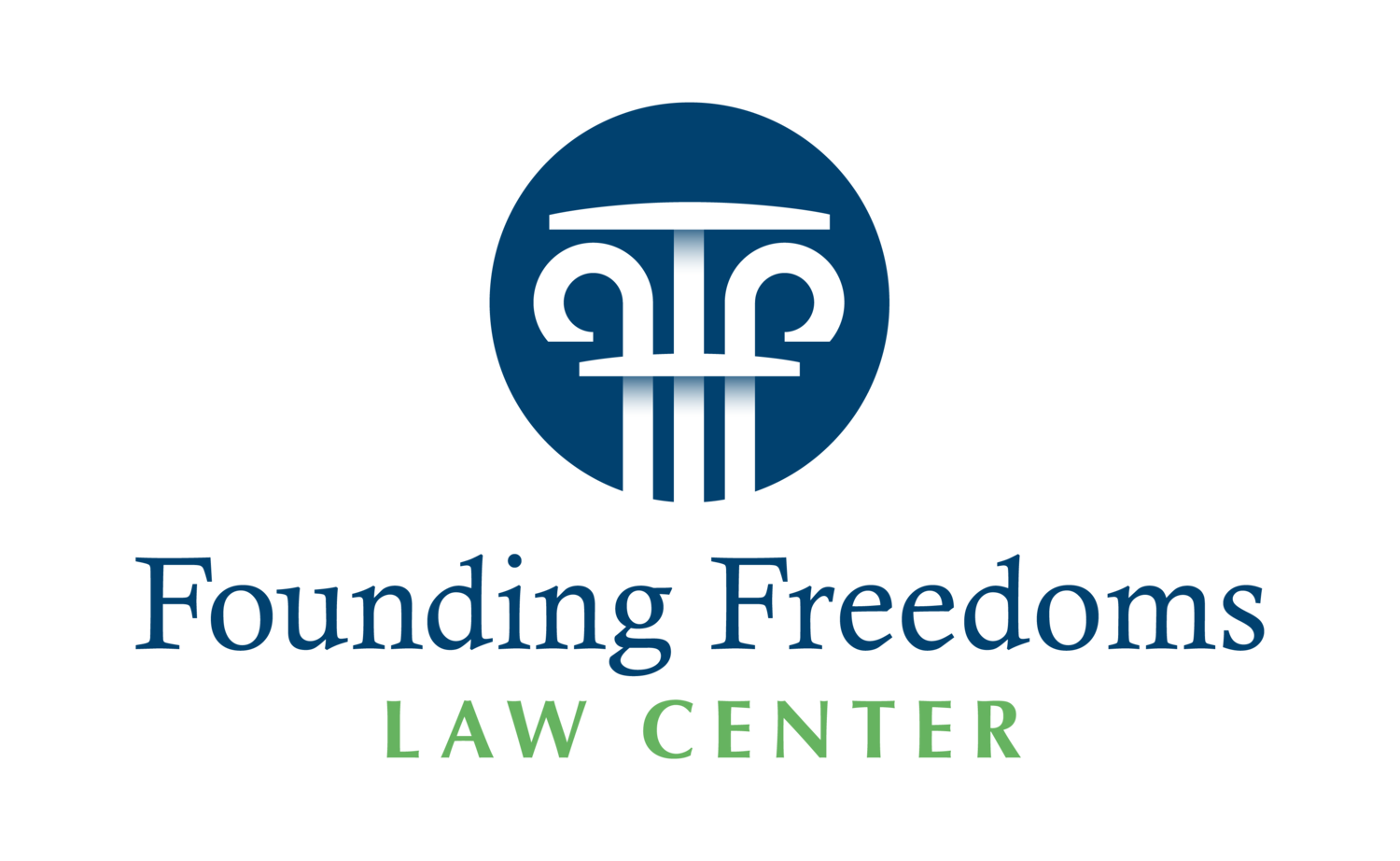The Obergefell Hint
Nearly a year after the monumental decision of Dobbs v. Jackson Women’s Health, few have forgotten the words penned by Justice Thomas in his concurring opinion that hinted at a possible demise for Obergefell. The Left expressed dismay, panicking at the thought that Obergefell could be overturned just as Roe and Casey were and that the threat was imminent. However, many conservatives did not immediately gain hope at the notion, and there are a few reasons for this. While one should remain hopefully optimistic, there are several elements that have to come together for us to see the overturning of Obergefell. Yet Dobbs should fuel that hope for many conservatives who never thought they’d see the day Roe fell and yet here we stand.
For a case to overturn a previous ruling, it helps for the fact pattern to be fairly similar to its predecessor. Customarily, Supreme Court opinions are not broad and overarching, but rather narrowly tailored to that case’s specific set of facts. This new bench especially has been very careful not to make blanket statements beyond addressing what is directly before them. Take, for example, the Coach Kennedy case (Kennedy v. Bremerton School District). While a great win for religious liberty, it largely focused on debunking the false constitutional bases that the school district offered to support its discipline of Kennedy. It did not address broader issues like what standard should be used to determine if a restriction of a public employee’s religious expression is permissible.
Likewise, Dobbs was in perfect shape to overrule Roe because of its fact pattern. Roe and Casey’s opinions specifically dealt with drawing a line regarding the “viability” of a baby during pregnancy and using that to determine when states could legislate abortion. To strike at Roe, there needed to be facts that drew into question the viability standard.
The same is true for Obergefell. At issue there, was for same-sex marriage to be recognized as legal by all states. The ruling declared there to be a constitutional “right” to same-sex marriage. Where was this found? None other than the 14th amendment where the “right” to abortion was also magically discovered.
The Court held that several states’ bans on same-sex marriage were unconstitutional and thus null and void. Once that ruling was released, it made every state’s marriage laws effectively void, such as Virginia’s constitutional amendment. However, just like with many abortion bans that became trigger laws, several states have not repealed their marriage bans, though they currently have no practical effect.
Because these laws are not being enforced, there is no reason for someone to challenge them. If the existing laws banning same-sex marriages were actively enforced, then a person would have the opportunity to claim standing to sue, using the Obergefell decision as grounds. Essentially, it would, for example, take a bold state legislative body to openly acknowledge the unconstitutional grounds of Obergefell’s reasoning and reject it. Secondarily, if such a case were to come before the Court, they would have to agree to take it. Since such a set of circumstances would be rather extraordinary, they conceivably might. Despite the Court's tendency to shy away from sexual orientation and gender identity-related issues, Justice Thomas’s remarks spark a glimmer of hope.
